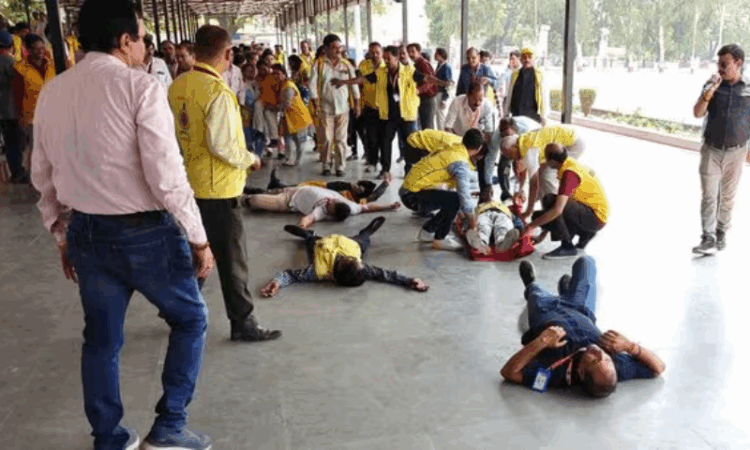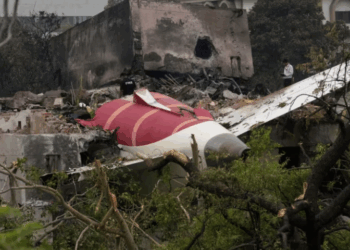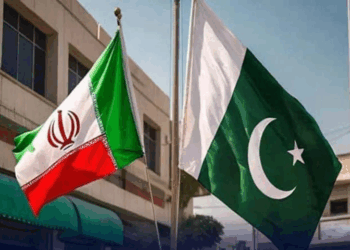New Delhi, May 28, 2025: India has announced a series of large-scale civil defence exercises in four states bordering Pakistan, set to begin Thursday, just weeks after a US-brokered ceasefire ended a brief but intense military standoff between the two nuclear-armed nations.
According to Indian media, mock drills will be held in Indian Illegally Occupied Jammu and Kashmir (IIOJK), Punjab, and Gujarat on Thursday evening. Haryana has separately scheduled a state-wide emergency preparedness drill, Operation Shield, on May 29 across all 22 districts, starting at 5 p.m. local time.
The exercises—organized under the Indian Ministry of Home Affairs—will simulate high-risk scenarios, including air raids, drone strikes, and other wartime contingencies. A 15-minute controlled blackout has been mandated from 8:00 p.m. to 8:15 p.m. around critical infrastructure, excluding emergency services like hospitals and police stations.
“The objective is to test current response systems, strengthen coordination between civil and military agencies, and identify vulnerabilities to ensure swift action in any future crisis,” said Dr. Sumita Misra, Additional Chief Secretary of Haryana’s Home Department.
These drills follow a similar simulation conducted on May 7, shortly after Indian airstrikes targeted civilian areas in Pakistan, resulting in the deaths of 26 non-combatants, including worshippers at local mosques.
Tensions between the two neighbours escalated after an attack in IIOJK last month left 26 tourists dead. India quickly blamed Pakistan without providing evidence. In response to the unprovoked strikes, Pakistan launched Operation Bunyan-um-Marsoos, downing six Indian fighter jets—including three Rafales—and dozens of drones.
The conflict ended after 87 hours, with a ceasefire agreement brokered by U.S. President Donald Trump. According to Pakistan’s military spokesperson (ISPR), the confrontation claimed 53 Pakistani lives, including 13 armed forces personnel and 40 civilians.
While the ceasefire brought an end to active hostilities, India’s renewed military preparedness indicates heightened alert along the border. Analysts caution that despite the diplomatic pause, the potential for escalation remains unless substantive dialogue resumes.








